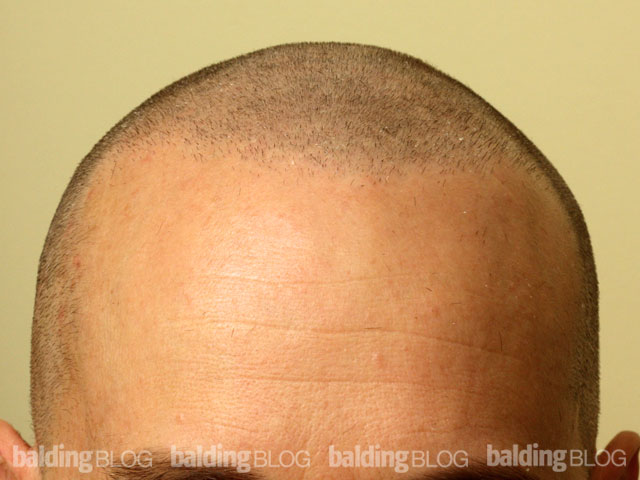Dr. Rassman,
I enjoy your blog! One questions I had was if any hair transplant surgeons use level 2 sedation? I recently found a blog where a surgeon uses level 2 sedation instead of injection. What are the differences or risks for each one? Is one more preferred than the other?Regards

 Level 2 sedation scale is considered: “cooperative, tranquil, and oriented” according to the Ramsay scale. To some this can be achieved with no drugs. To some this can mean a shot of Vodka. In the doctors office this can be a shot of a sedative or a pill (like Xanax). It can also be breathing in laughing gas.
Level 2 sedation scale is considered: “cooperative, tranquil, and oriented” according to the Ramsay scale. To some this can be achieved with no drugs. To some this can mean a shot of Vodka. In the doctors office this can be a shot of a sedative or a pill (like Xanax). It can also be breathing in laughing gas.
Level 2 sedation is not anesthesia.
At NHI we have evolved our sedation and anesthesia routine. We offer nitrous oxide (laughing gas) for sedation. In addition we also offer a single shot for sedation or a Xanax pill to take by mouth. Some patients choose all of the above and have a great Level 2 sedation experience. The laughing gas has the most immediate on/off response, followed by the injection. Finally the oral Xanax takes the longest for a patient to reach the Level 2 sedation.
We do monitor the breathing, oxygenation status, and cardiac status during the procedure, and if the breathing slows down, an alarm goes off. Level 2 sedation can quickly turn disastrous if the physician or the clinic is not prepared to handle the consequences of the medications.
To achieve Level 2 sedation your surgeon should be certified in ACLS (Advanced Cardiac Life Support) and the facility should be equipped to handle emergencies. Luckily Dr Pak is also Board Certified in Emergency Medicine so we are well prepared for any medical emergencies.
For Level 2 sedation we also take an additional voluntary step to be accredited by the AAAHC (Accreditation Association for Ambulatory Heath Care) as an out patient surgery center. Very few hair transplant clinics have this AAAHC rating (something to ask about when doing your research).
So that’s what we do. I can not comment on other doctor’s drugs and uses.






 No, I did not invent the strip method in hair transplantation. I do not believe there was an official inventor of it. The surgical crowd moved somewhat together in the evolution of the strip, which was a neat solution to harvesting that became obvious.
No, I did not invent the strip method in hair transplantation. I do not believe there was an official inventor of it. The surgical crowd moved somewhat together in the evolution of the strip, which was a neat solution to harvesting that became obvious.